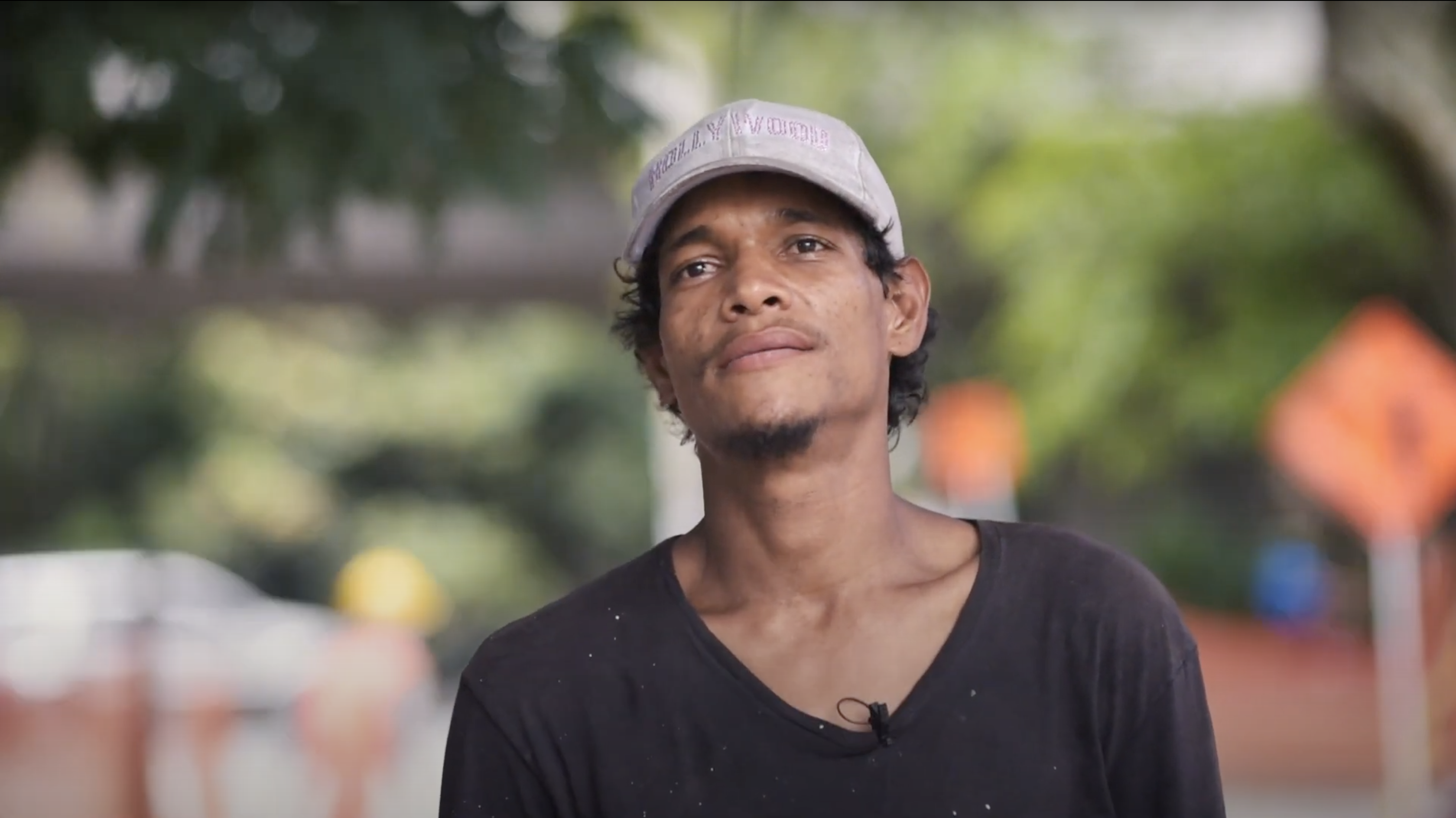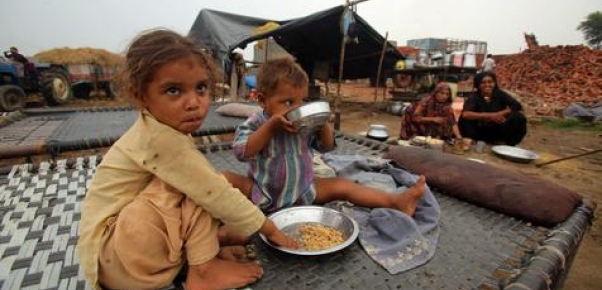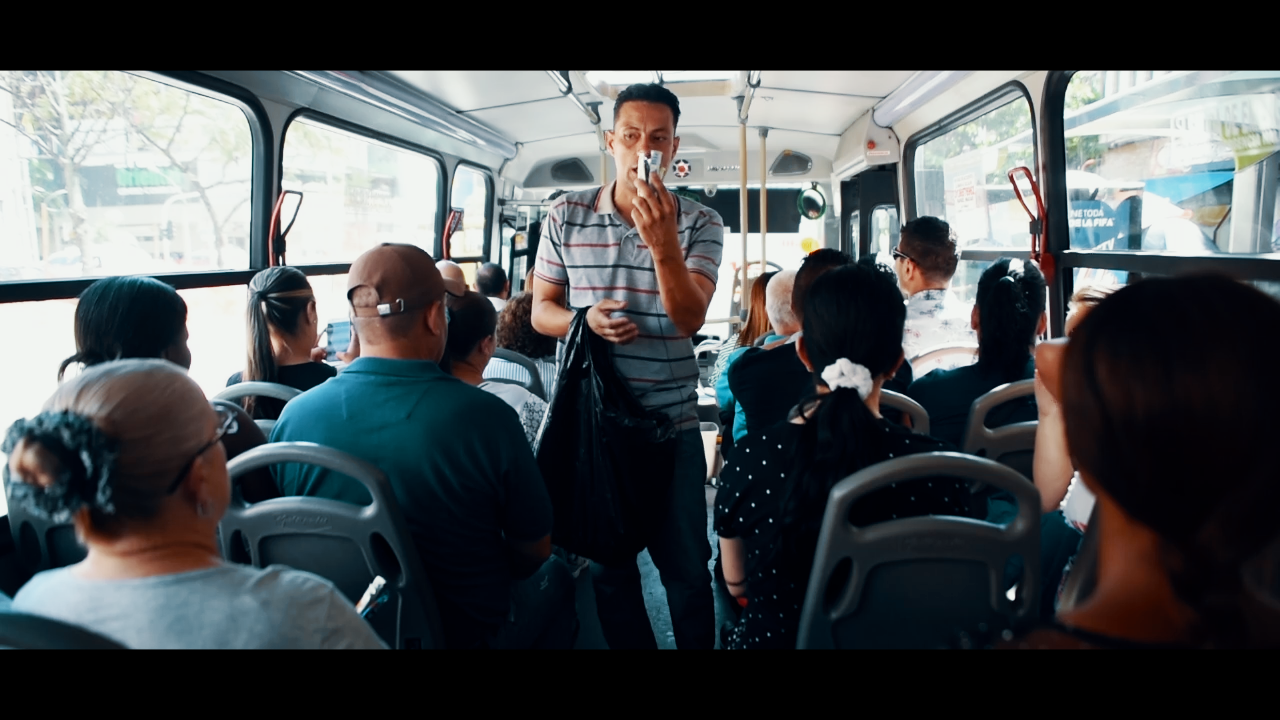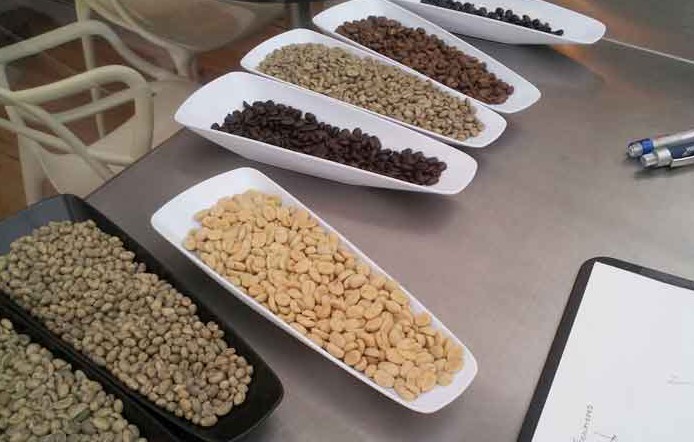
Beans ready for testing at Amor Perfecto. Photo: Karen Attman
Karen Attman takes a tour of Colombian coffee, highlighting the regional variations
One hundred percent Colombian coffee – it is said to be among the best in the world. Coffee has been one of Colombia’s most steady exports for decades. But what is it like to drink a cup of coffee in Colombia?
Typically, Colombians drink what they call tinto, heavily sweetened black coffee served in small cups. Later in the morning and in the afternoon they’ll often have café con leche, which usually involves mixing large amounts of milk with small amounts of coffee.
Over the past decade companies like Juan Valdez, often considered the face of Colombian coffee around the world, and others have begun to elevate the coffee experience in Bogota. Smaller coffeehouses have sprung up that are seriously dedicated to improving the coffee experience in the city in terms of the origin and quality of the beans and the roasting process.
Regional flavours
But where does all this coffee come from? Coffee-growing regions are scattered around Colombia, from the extreme north all the way down south, following a path through the Andes Mountains. Areas include Santander, Huila, Nariño, Sierra Nevada de Santa Marta, and Quindío. These regions have different ecosystems and climates, and are affected by differing cycles of rain, altitude and temperature. All of these influence what you’ll find in your cup of coffee.
For instance, in the south of Colombia, closer to the Equator, coffee is grown at higher altitudes – but the temperatures are lower. So coffees grown in the south-eastern departments of Nariño or Huila are more acidic and may appeal to a more sophisticated palate.
Coffees grown in the north of Colombia are cultivated at lower altitudes and higher temperatures, and are more exposed to sunlight. That means that coffees from the Sierra Nevada de Santa Marta or Santander have lower acidity and more body.
But most of the coffee is grown in the centre of Colombia, in what is called, quite naturally, la zona cafetera, or the coffee-growing region. In that area you’ll find small, traditional coffee farms as well as huge ones. In areas like Quindío and Antioquia, coffee is harvested year round, up to eight times a year.
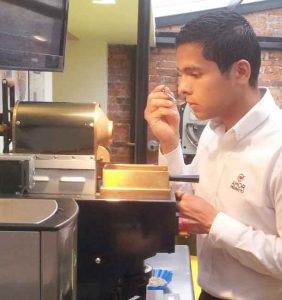
Coffee culture in Colombia is changing – as Diego demonstrates. He is the young barista who is the national champion for Colombia this year. Photo: Karen Attman
The coffee experience in Colombia
In Colombia, coffee culture is slowly changing. More and more Colombians are discovering how amazing those single-estate coffees can be, and coffee houses are emphasizing these regions more and more, with expert baristas explaining the characteristics of each region to eager coffee drinkers.
These baristas come to understand the beans and their characteristics, they learn to roast them properly to bring out individual nuances, and then prepare each type of bean using international methods that bring out the distinct strengths of each bean. They then transmit their knowledge to coffeehouse clients. Their enthusiasm and dedication (really, at times, almost devotion) to showcase this special Colombian product gives visitors a glimpse of one of the best things about Colombia – the people.
People here are starting to realize the added value they can bring to the coffee experience. They are producing coffees from small single estates or lots, roasting select beans on-premises on coffee farms scattered around the country, packaging these select, organic, fair trade beans and exporting them. This gives Colombians and visitors a truly unique experience; drinking regional coffees that can’t be found elsewhere, in an environment that you have to come to Colombia to experience.
Now that’s coffee culture in Colombia.
Karen Attman left her hometown of Philadelphia almost twenty years ago to pursue expat life in Latin America. She now lives in Bogota where she writes and edits in Spanish and English. Her work has been published in more than a dozen publications in the United States, Europe, and Latin America. When she gets some free time she blogs about restaurants, chefs, food events and anything edible at FlavorsofBogota.com.

